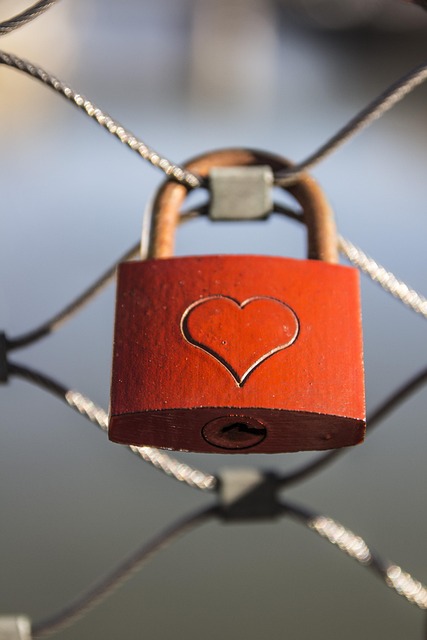Vintage homes, despite their charm, lack modern security features like integrated alarms and smart locks, making them vulnerable to break-ins. Retrofitting security systems offers a solution that boosts safety and property value without compromising historical integrity. This involves assessing the building, integrating advanced technology (e.g., sensors, cameras, smart locks), and proper installation by professionals. Regular updates and testing ensure optimal performance, providing peace of mind for vintage home owners. Investing in vintage home security enhances protection, remote access, and surveillance while preserving the property's heritage and value.
In many urban areas, older buildings face significant security challenges due to their age and outdated systems. “Understanding the Challenges of Vintage Home Security” explores these issues in detail. The article delves into the benefits of retrofitting security systems for older structures, highlighting how this approach offers cost-effective solutions without compromising aesthetics. We provide an in-depth look at essential components and a step-by-step guide to implementing effective retrofit plans. Learn how “Future-Proofing Your Property: Long-Term Solutions” can enhance safety while preserving historical value.
- Understanding the Challenges of Vintage Home Security
- Benefits of Retrofitting for Older Buildings
- Essential Components for an Effective Retrofit System
- Step-by-Step Guide to Implementing a Retrofit Plan
- Future-Proofing Your Property: Long-Term Solutions
Understanding the Challenges of Vintage Home Security
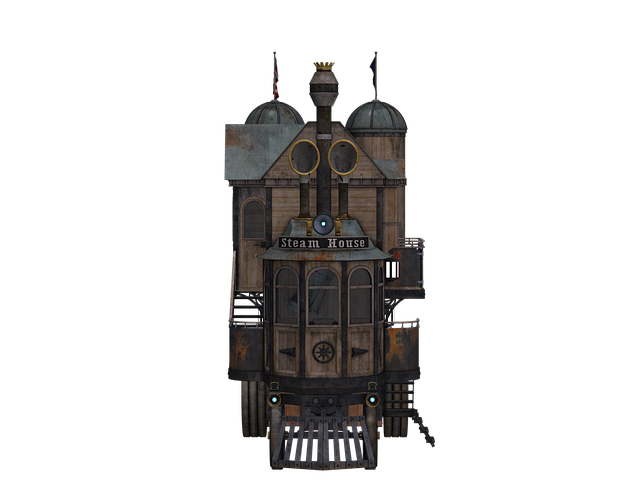
Vintage home security presents a unique set of challenges for several reasons. Older buildings often lack modern security features, such as integrated alarm systems and smart locks, making them more vulnerable to break-ins. The technology used in vintage homes typically relies on mechanical or electronic mechanisms that can be easily bypassed by skilled intruders. Additionally, the design and construction of older structures might offer limited access points for installing new security equipment.
These buildings’ age also means that their wiring and components may be outdated, posing potential safety hazards and compatibility issues with contemporary security systems. Integrating modern security solutions into vintage homes requires careful consideration and often demands custom-tailored approaches to preserve the historical integrity of the property while enhancing its security.
Benefits of Retrofitting for Older Buildings
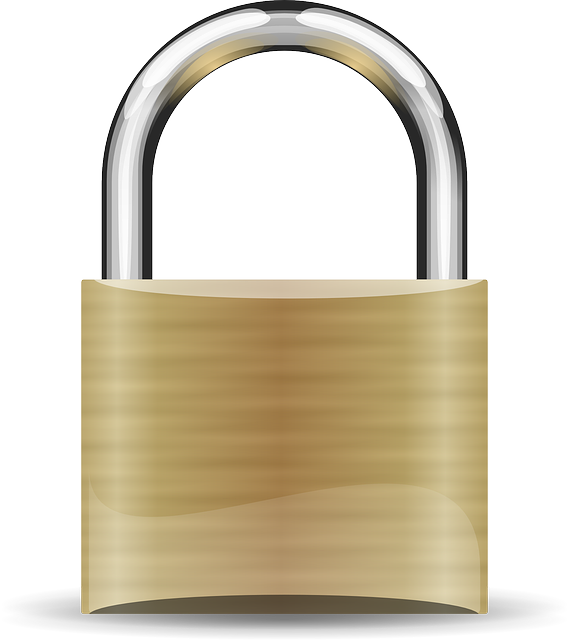
Retrofitting security systems in older buildings offers a multitude of benefits, enhancing both the safety and property value of these vintage homes. By integrating modern security technology into historic structures, homeowners can enjoy peace of mind knowing their loved ones and possessions are protected while preserving the unique character of the building. This approach allows for the latest security features to be seamlessly incorporated without compromising the aesthetic appeal that makes older homes so desirable.
Additionally, retrofitting provides an opportunity to address potential vulnerabilities in the original construction. Older buildings may lack modern safety standards and technology, leaving them more susceptible to break-ins or fires. Upgrading security systems can help mitigate these risks, ensuring better protection for residents and providing valuable peace of mind in today’s often uncertain world.
Essential Components for an Effective Retrofit System

When retrofitting security systems in older buildings, several essential components come into play to ensure an effective and modern protection solution for vintage home security. Firstly, a thorough assessment of the existing structure is crucial to identify potential vulnerabilities and weaknesses that require addressing. This includes evaluating the building’s architecture, previous security measures, and any gaps in coverage that could be exploited by intruders.
Once identified, retrofitting involves installing state-of-the-art technology seamlessly integrated with the vintage home’s existing infrastructure. This typically comprises advanced door and window sensors, motion detectors, high-definition cameras, and a centralized control panel that allows for remote monitoring and access. Additionally, implementing smart locks and keyless entry systems enhances convenience and security while catering to modern homeowners’ preferences.
Step-by-Step Guide to Implementing a Retrofit Plan
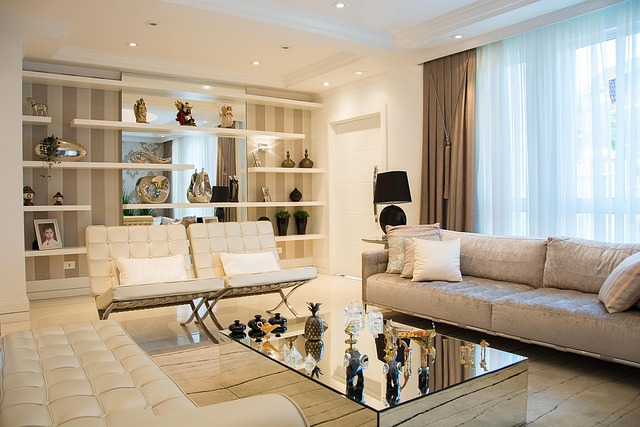
Implementing a retrofit plan for vintage home security involves careful consideration and strategic steps. Begin by assessing the current security setup, identifying vulnerabilities, and prioritizing areas needing improvement. Conduct a thorough audit of the building’s structure, focusing on entry points like doors and windows, to determine the most effective security solutions.
Next, research and select modern security systems compatible with retrofitting. Smart locks, surveillance cameras, motion sensors, and alarm systems designed for seamless integration with existing infrastructure are ideal choices. Collaborate with professionals who specialize in vintage home modifications to ensure proper installation, preserving the building’s historical integrity while enhancing security. Regularly update and test the system to maintain optimal performance, ensuring peace of mind for homeowners and enhanced safety for the property.
Future-Proofing Your Property: Long-Term Solutions
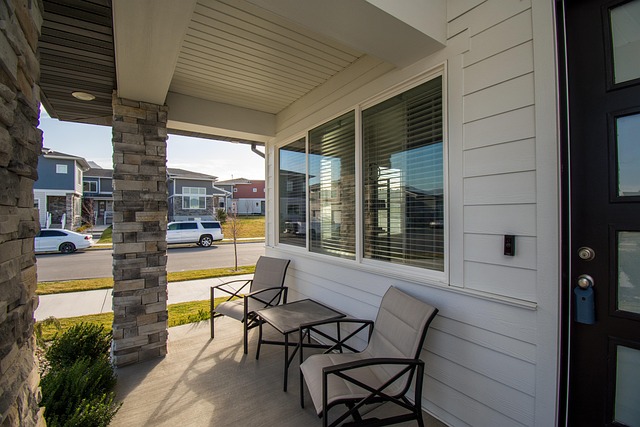
Investing in the security of your vintage home is a responsible step towards future-proofing your property. Older buildings, while charming, may lack modern security features, leaving them vulnerable to potential risks. Retrofitting security systems offers an excellent solution to bridge this gap and provide peace of mind for homeowners. By installing modern security technology, you enhance the safety and value of your vintage home, ensuring it remains secure for years to come.
This process involves incorporating advanced surveillance systems, smart locks, and intrusion detection devices tailored to the unique characteristics of older structures. These long-term solutions not only deter potential intruders but also allow homeowners remote access and monitoring capabilities. Future-proofing your vintage home security means embracing technology that complements its heritage, creating a safe haven without sacrificing the building’s original allure.
Retrofitting security systems in older buildings is a smart move for homeowners looking to enhance their property’s safety and peace of mind. By addressing the unique challenges posed by vintage homes, such as outdated wiring and security practices, you can install modern, effective security solutions. This article has guided you through the process, from understanding the challenges to implementing a retrofit plan and considering long-term solutions. Remember that investing in vintage home security retrofits not only boosts your building’s safety but also its value—a true win-win for any property owner.
